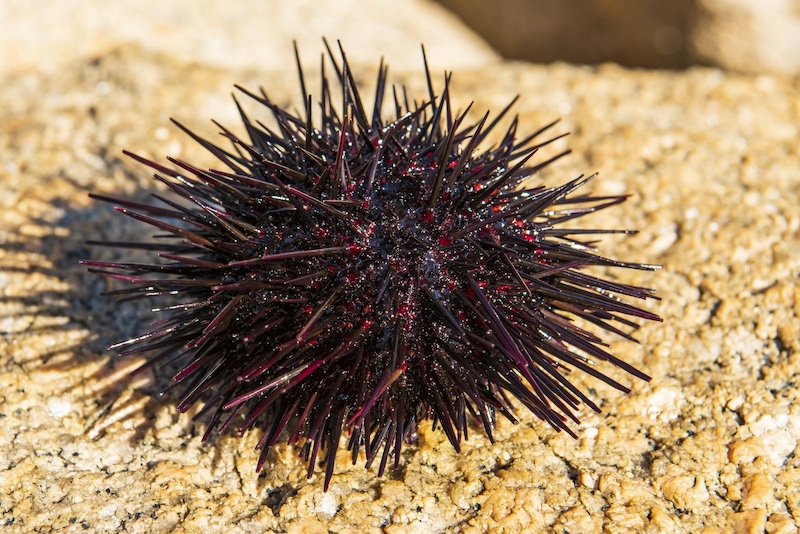Humans, with an average lifespan of around 72-80 years, consider longevity to be one of the remarkable achievements of nature. However, there are numerous animal species that far outlive us, boasting lifespans that can surpass even the most optimistic human expectations. Let’s get into ten such extraordinary creatures that exhibit impressive longevity.
1. The Ocean Quahog Clam
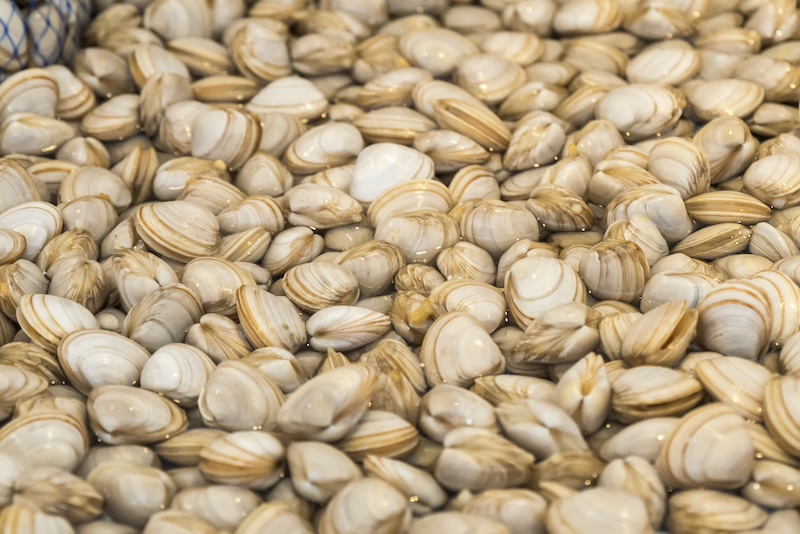
The ocean quahog clam (Arctica islandica) is a bivalve mollusk renowned for its remarkable lifespan. These clams, found in the cold waters of the North Atlantic Ocean, can live for over 500 years. One notable specimen, nicknamed “Ming,” was determined to be 507 years old. The exceptional longevity of the ocean quahog is attributed to its slow growth rate, stable deep-sea environment, and low metabolic rate.
2. The Bowhead Whale
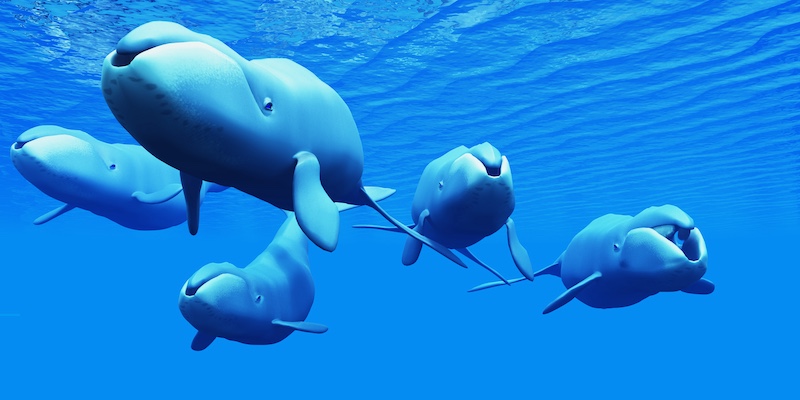
Bowhead whales (Balaena mysticetus), which inhabit the Arctic Ocean, have lifespans that can exceed 200 years. Their longevity is partly attributed to their slow metabolism and the harsh Arctic environment, which minimizes external threats and allows them to live well into their second century.
3. The Galápagos Tortoise
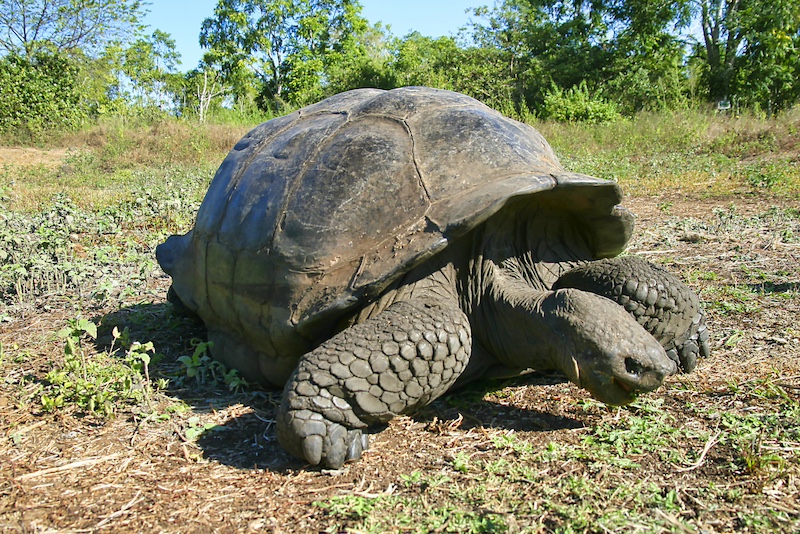
The Galápagos tortoise (Chelonoidis nigra) is famed for its impressive lifespan, often reaching over 100 years in captivity. These tortoises are native to the Galápagos Islands and exhibit slow growth and a peaceful existence, contributing to their long lives. Some individuals in captivity have even surpassed 175 years!
4. The Aldabra Giant Tortoise
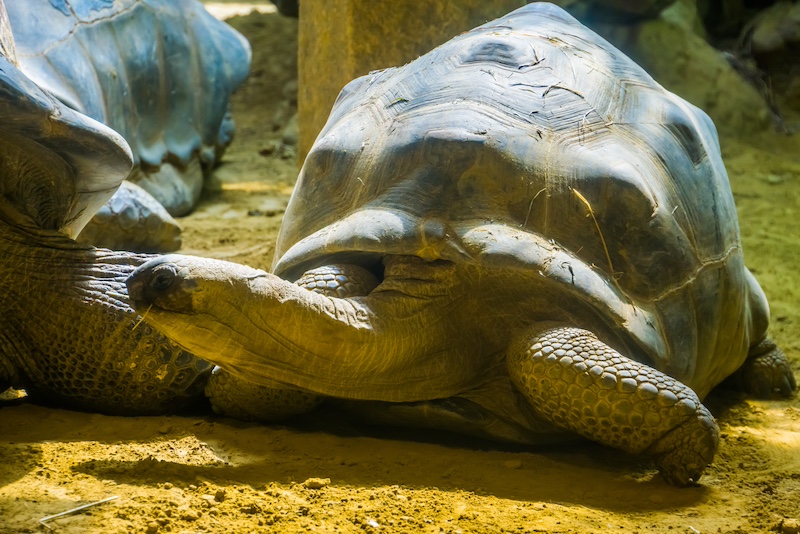
Another remarkable tortoise, the Aldabra giant tortoise (Aldabrachelys gigantea), can live for over 150 years. Native to the Aldabra Atoll in the Seychelles, these tortoises have a slow metabolic rate and a calm lifestyle, which are believed to contribute to their extraordinary longevity.
5. The Red Sea Urchin
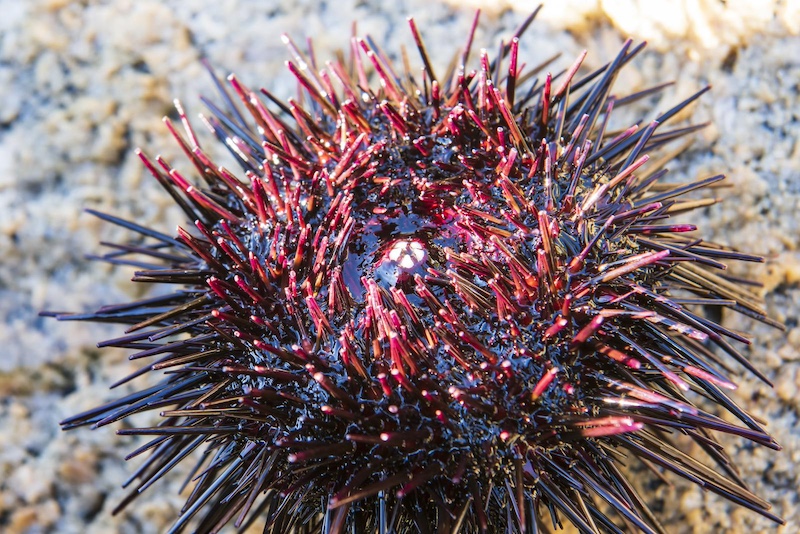
The red sea urchin (Strongylocentrotus franciscanus) found along the Pacific coast of North America, is known for its longevity. These marine invertebrates can live for over 200 years. Their longevity is partly due to their ability to withstand harsh environmental conditions and their slow metabolic rate.
6. The Rougheye Rockfish
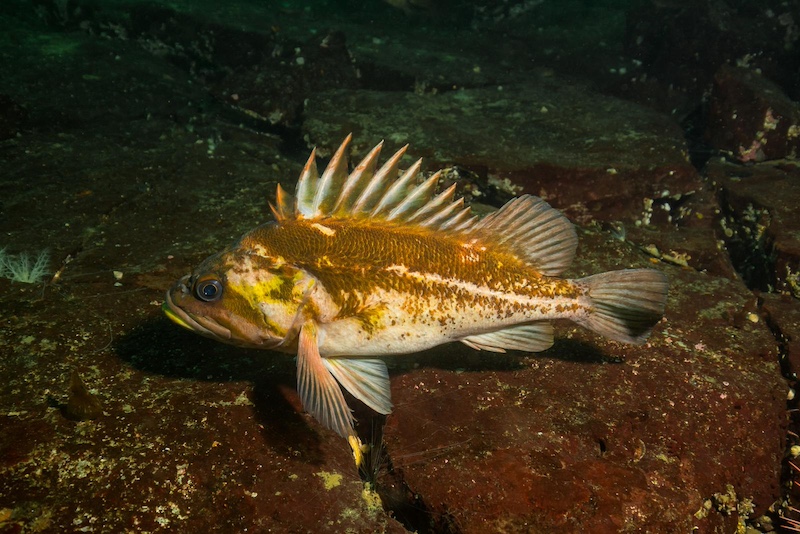
The rougheye rockfish (Sebastes aleutianus), a deep-sea fish found in the North Pacific Ocean, can live for over 200 years. The longevity of this species is attributed to its slow growth and the deep-sea environment, which offers a relatively stable and safe habitat away from many predators.
7. The Koi Fish
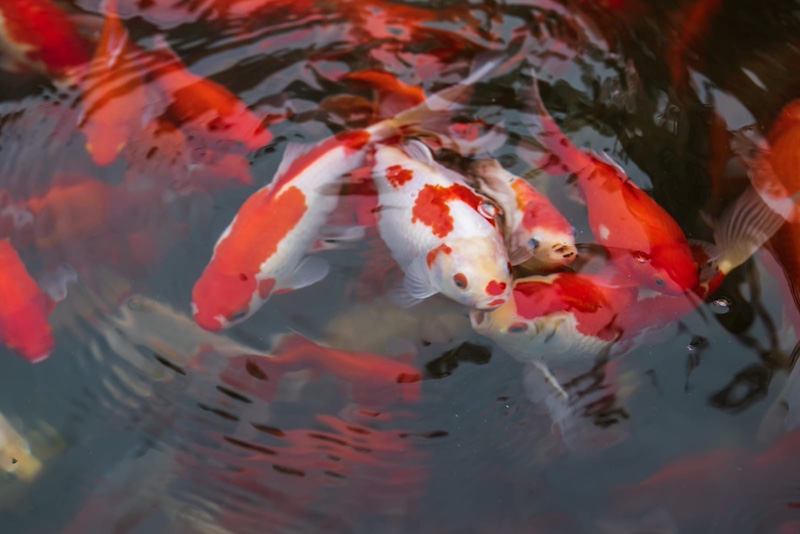
Koi fish (Cyprinus rubrofuscus), especially those kept in captivity, can live for over 200 years. These ornamental fish are known for their vibrant colors and patterns, and their longevity is attributed to careful breeding practices and optimal care conditions provided by dedicated hobbyists.
8. The Tuatara
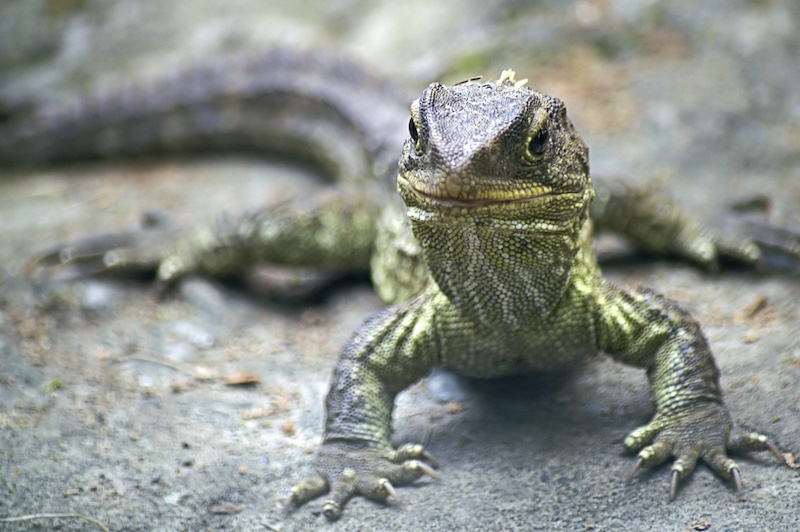
The tuatara (Sphenodon punctatus) is a reptile endemic to New Zealand. Unlike most reptiles, tuataras have an incredibly long lifespan, living up to 100 years or more. Their slow growth rate and low reproductive rates contribute to their extended life expectancy.
9. The Greenland Shark
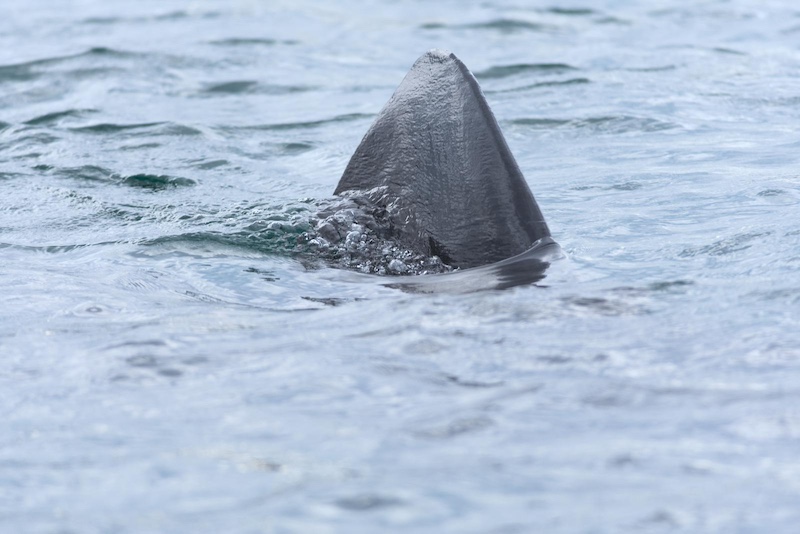
The Greenland shark (Somniosus microcephalus) is a deep-sea dweller known for its astonishing lifespan. Recent studies suggest that these sharks can live for over 400 years, making them one of the longest-lived vertebrates. Their slow growth rate and the cold, stable environment of the Arctic and sub-Arctic regions contribute to their remarkable longevity.
10. The Glass Sponge
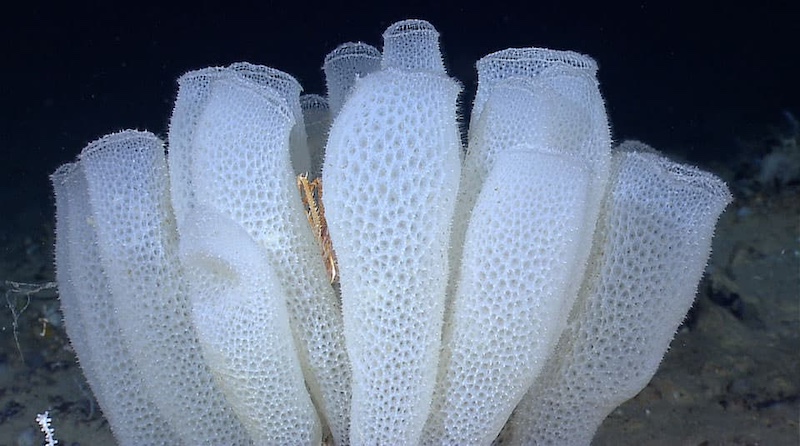
Glass sponges (Hexactinellida), which inhabit the deep sea, can have lifespans that exceed 1,000 years. These ancient sponges are characterized by their unique silica-based skeletal structure and their ability to endure the harsh conditions of the deep ocean for millennia.

